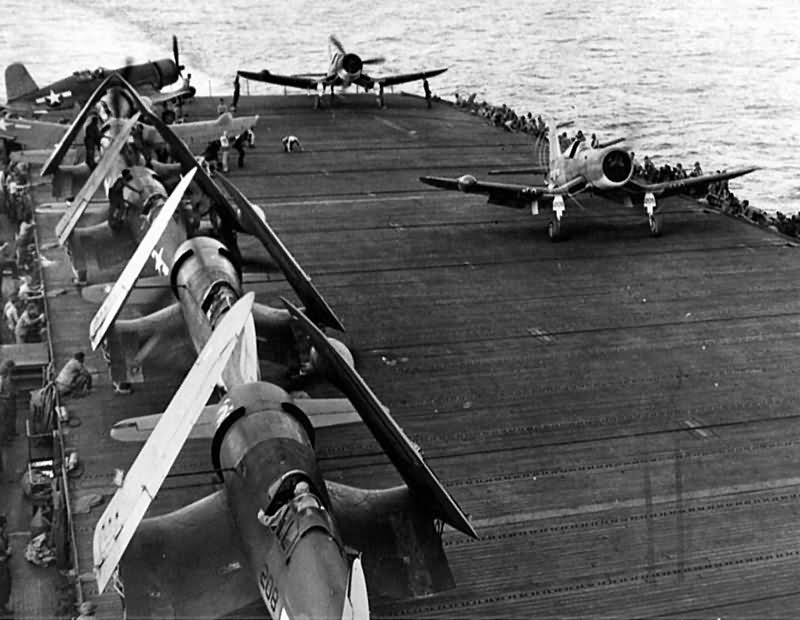In 1941, the US Navy realized that their ability to fight at night was limited. To improve their capabilities, observers were sent to England in April of that year to learn about the RAF’s equipment and tactics for countering night intruders from the Luftwaffe. At the time, the smallest US Navy aircraft equipped with airborne radar was the PV-1 Ventura, and there was a need for a single-engined fighter with similar capabilities. Consequently, the Navy Department requested that Vought study a night-fighting model of the Corsair, and plans were submitted by the company before the Japanese attack on Pearl Harbor.
A prototype modified from the first production BuNo 02153 and designated XF4U-2 was completed in March 1942, fitted with an Air Intercept radar. However, Vought was under pressure to produce standard F4U-l Corsairs, so the project was handed over to the Naval Aircraft Factory at Philadelphia. Modifications were carried out on 32 standard F4U-ls to create the F4U-2, which included primarily the installation of radar equipment. The 18-inch (45.7 cm) diameter parabolic antenna for the AN/APS-4 radar was housed in a forward-facing radome on the starboard wing leading edge near the wingtip. The radar transmitted to a rudimentary 3-inch (7.6 cm) scope in the cockpit, which was added to the centre of the main instrument panel. The production model radar unit had a search range of 2 miles (3.2 km) at an altitude of 1,970 ft (600 m) or higher.
Other modifications included the installation of a radio altimeter, autopilot, and VHF radio, which replaced the standard HF equipment. This improved air-ground capability and air-air communication, doing away with the need for the mast aerial seen on other Corsair variants. Instead, a short whip antenna was fitted behind the canopy. The F4U-2 also had a transponder for the newly introduced IFF system. Since the F4U-2 had been modified from the basic F4U-l model, it still had the early birdcage canopy, and a blister was added to the top to allow for a rear view mirror to be fitted inside the cockpit. Exhaust flame dampers were also fitted due to the aircraft’s intended use at night.
To compensate for the weight of the airborne radar, the outboard machine gun next to the radome was deleted, and ammunition for the other gun was reduced. A taller oleo leg was added to the tail gear, and a more powerful generator was required for the extra electrical equipment. To cool the generator and equipment, a small scoop on the starboard forward fuselage was added.
Only three USN and USMC units flew the Corsair night-fighter, as both services found that the F6F-3E Hellcat performed better in this role. However, the F4U-2 experience was a good basis for the development of the postwar F4U-4N and F4U-5N night-fighter variants. It is worth noting that Goodyear also experimented with a night-fighter version of the Corsair, known as the FG-1E, but there is no evidence that any machines were converted this way, despite some sources claiming that eight aircraft were built.
F4U-2 Corsairs from VMF(N)-532 on board the carrier USS Windham Bay CVE-93 – July 12, 1944
Published at 800 × 620 px.
Link to full-size photo:
F4U-2 Corsairs from VMF(N)-532 on board the carrier USS Windham Bay CVE-93 – July 12, 1944
Site statistics:
Photos of World War II: over 26800
aircraft: 63 models
tanks: 59 models
vehicles: 59 models
guns: 3 models
units: 2
ships: 47
WW2 battlefields - 12
weapon models: -
equipment: -
